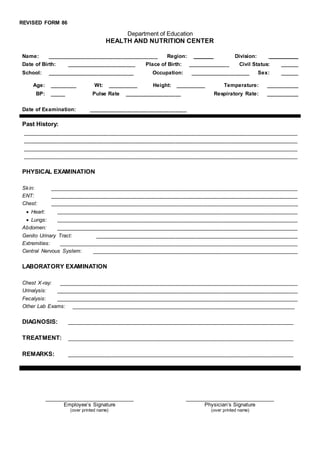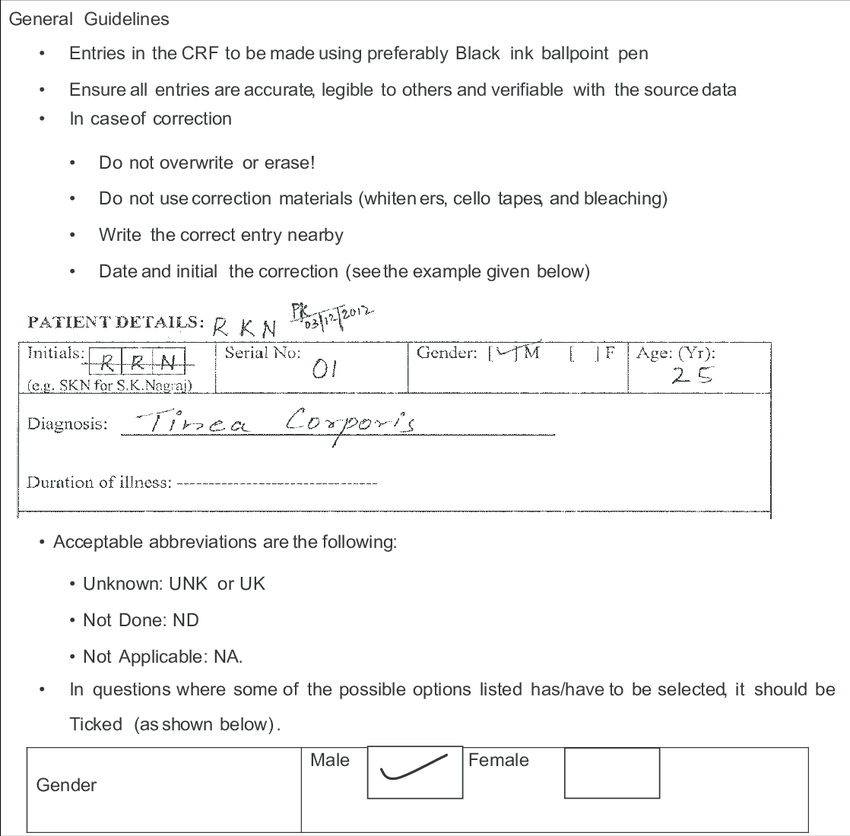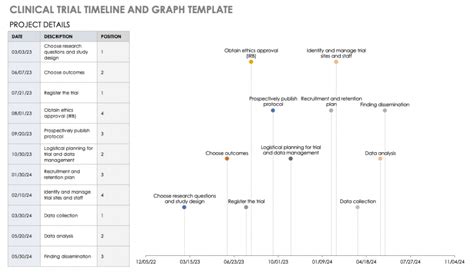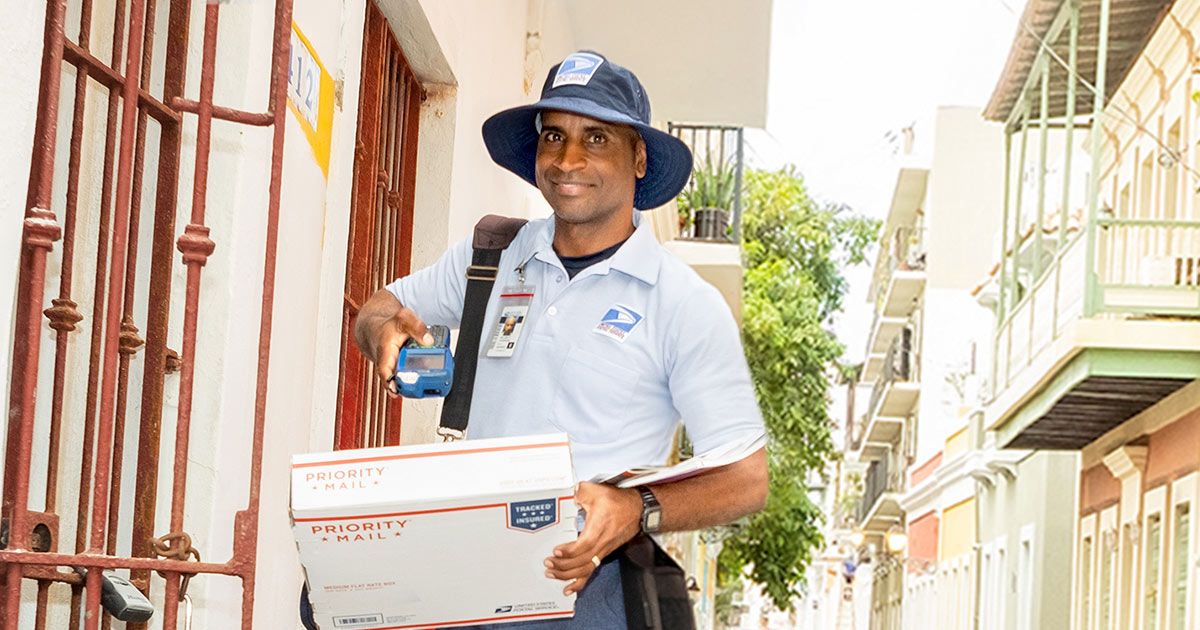Clinical Research Home Visit Checklist

Clinical Research Home Visit Checklist: Ensuring Precision and Safety

Conducting clinical research often involves reaching participants in their natural environments, necessitating home visits. These visits present unique challenges and opportunities, requiring meticulous planning and adherence to strict protocols. This comprehensive checklist aims to guide researchers, offering a structured approach to ensure the success, integrity, and safety of clinical research home visits.
Pre-Visit Preparation: Laying the Foundation

The preparatory phase is pivotal, setting the tone for a seamless and productive home visit experience. It involves meticulous planning and coordination to address logistical, ethical, and practical considerations.
Logistical Planning
- Location and Accessibility: Confirm the participant's address and ensure it is accessible for the research team. Consider factors like transportation, parking, and any potential obstacles that may impact the visit.
- Timing and Duration: Schedule the visit at a mutually convenient time, taking into account the participant's availability and the estimated duration of the visit based on the study protocol.
- Equipment and Supplies: Compile a checklist of all necessary equipment, devices, and supplies required for the visit. This may include medical equipment, data collection tools, and any participant-specific items.
- Communication and Consent: Ensure the participant has received and understood the study information and consent form. Establish a clear line of communication for any last-minute changes or queries.
Ethical and Legal Considerations
- Privacy and Confidentiality: Develop a strategy to maintain participant privacy during the visit. This includes ensuring the participant's personal information is handled securely and that the visit respects their confidentiality.
- Informed Consent: Verify that the participant has provided informed consent for the home visit, understanding the purpose, procedures, and potential risks involved.
- Ethical Review: Ensure the study protocol, including the home visit component, has been approved by an appropriate ethics committee or institutional review board.
Practical Arrangements
- Team Coordination: Assign roles and responsibilities to the research team members involved in the home visit. Ensure everyone understands their tasks and the overall visit objectives.
- Participant Preferences: Consider and accommodate any specific preferences or requirements expressed by the participant. This may include cultural or religious sensitivities, dietary needs, or accessibility accommodations.
- Backup Plans: Anticipate potential challenges or emergencies and develop contingency plans. This could involve having backup equipment, alternative transportation arrangements, or a list of nearby medical facilities in case of an emergency.
Home Visit Procedures: A Step-by-Step Guide
The home visit itself is a critical phase, demanding precision and sensitivity. A well-structured approach ensures the research objectives are met while prioritizing participant comfort and safety.
Arrival and Introductions
- Greeting and Rapport: Upon arrival, greet the participant warmly and introduce all team members involved in the visit. Establish a friendly and professional rapport to put the participant at ease.
- Confirming Consent: Verify the participant's consent again at the beginning of the visit. Ensure they understand their rights and the voluntary nature of their participation.
- Introduction to the Study: Provide a brief overview of the study's purpose, emphasizing its importance and the participant's role in contributing to scientific advancement.
Data Collection and Assessments
- Setting Up: Organize the study equipment and supplies in a designated area, ensuring a comfortable and private environment for the participant.
- Participant Comfort: Ensure the participant is comfortable and at ease throughout the visit. Offer them water, adjust the room temperature if needed, and provide breaks as required.
- Data Integrity: Adhere strictly to the study protocol for data collection. Ensure all data is accurately recorded, with proper identification and documentation.
- Informed Data Collection: Keep the participant informed about each step of the data collection process, explaining the purpose and any potential discomforts or risks involved.
Ethical Considerations During the Visit
- Respect and Sensitivity: Treat the participant with utmost respect and sensitivity. Avoid any judgmental or discriminatory behavior, and maintain a professional demeanor throughout the visit.
- Participant Well-being: Continuously assess the participant's physical and emotional well-being during the visit. Be vigilant for any signs of distress or discomfort and respond appropriately.
- Confidentiality: Ensure all team members maintain confidentiality throughout the visit and during data handling. Avoid discussing sensitive information in public or shared spaces.
Completing the Visit and Follow-up
- Thanking the Participant: Express gratitude to the participant for their time and contribution to the study. Reiterate the importance of their role in advancing medical knowledge.
- Final Check-in: Conduct a final check-in with the participant to ensure they are satisfied with the visit and have no concerns or questions. Address any remaining issues or queries.
- Post-Visit Debrief: After leaving the participant's home, hold a debrief session with the research team. Discuss any challenges encountered, lessons learned, and strategies for improvement.
Post-Visit Analysis and Follow-up
The post-visit phase is crucial for consolidating the data collected and ensuring the participant's continued well-being and satisfaction.
Data Analysis and Reporting
- Data Validation: Verify the accuracy and completeness of the data collected during the home visit. Ensure it aligns with the study protocol and is ready for analysis.
- Data Storage and Security: Implement secure data storage protocols, protecting the participant's privacy and confidentiality. Follow institutional guidelines for data handling and retention.
- Initial Findings: Conduct a preliminary analysis of the data to identify any immediate trends or insights. This can guide further data collection or inform the study's progression.
Participant Feedback and Follow-up
- Participant Satisfaction: Contact the participant post-visit to inquire about their satisfaction with the home visit experience. Address any concerns they may have and offer support if needed.
- Ongoing Study Participation: If the study involves multiple visits or long-term participation, ensure the participant remains engaged and informed about the study's progress.
- Safety Monitoring: Continuously monitor the participant's well-being, especially if the study involves interventions or long-term observations. Implement appropriate safety protocols and be prepared to respond to any adverse events.
Conclusion: A Well-Planned Home Visit Enhances Research Integrity

Clinical research home visits, when conducted with meticulous planning and ethical sensitivity, can significantly enhance the integrity and impact of a study. This checklist provides a structured framework to guide researchers through the complexities of home visits, ensuring participant safety, comfort, and data integrity. By adhering to these guidelines, researchers can contribute to a robust and ethical research environment, fostering trust and collaboration between participants and the scientific community.
How often should I conduct follow-up calls with participants after a home visit?
+The frequency of follow-up calls can vary depending on the nature of the study and the participant’s needs. As a general guideline, it is recommended to conduct at least one follow-up call within a week of the home visit to ensure the participant’s well-being and address any concerns. Additional follow-ups can be scheduled based on the study’s requirements and the participant’s consent.
What should I do if a participant experiences an adverse event during a home visit?
+In the event of an adverse event, it is crucial to follow the study’s established safety protocols. This typically involves immediately contacting the study’s principal investigator or the designated safety officer. They will guide the appropriate course of action, which may include seeking medical attention for the participant and documenting the event according to institutional guidelines.
How can I ensure the privacy of participants’ data during and after a home visit?
+Maintaining data privacy is of utmost importance. Ensure all team members handling participant data are trained in data security practices. Implement secure data storage and transmission methods, and adhere to institutional guidelines for data protection. Additionally, consider using pseudonyms or unique identifiers for participants to protect their anonymity.



